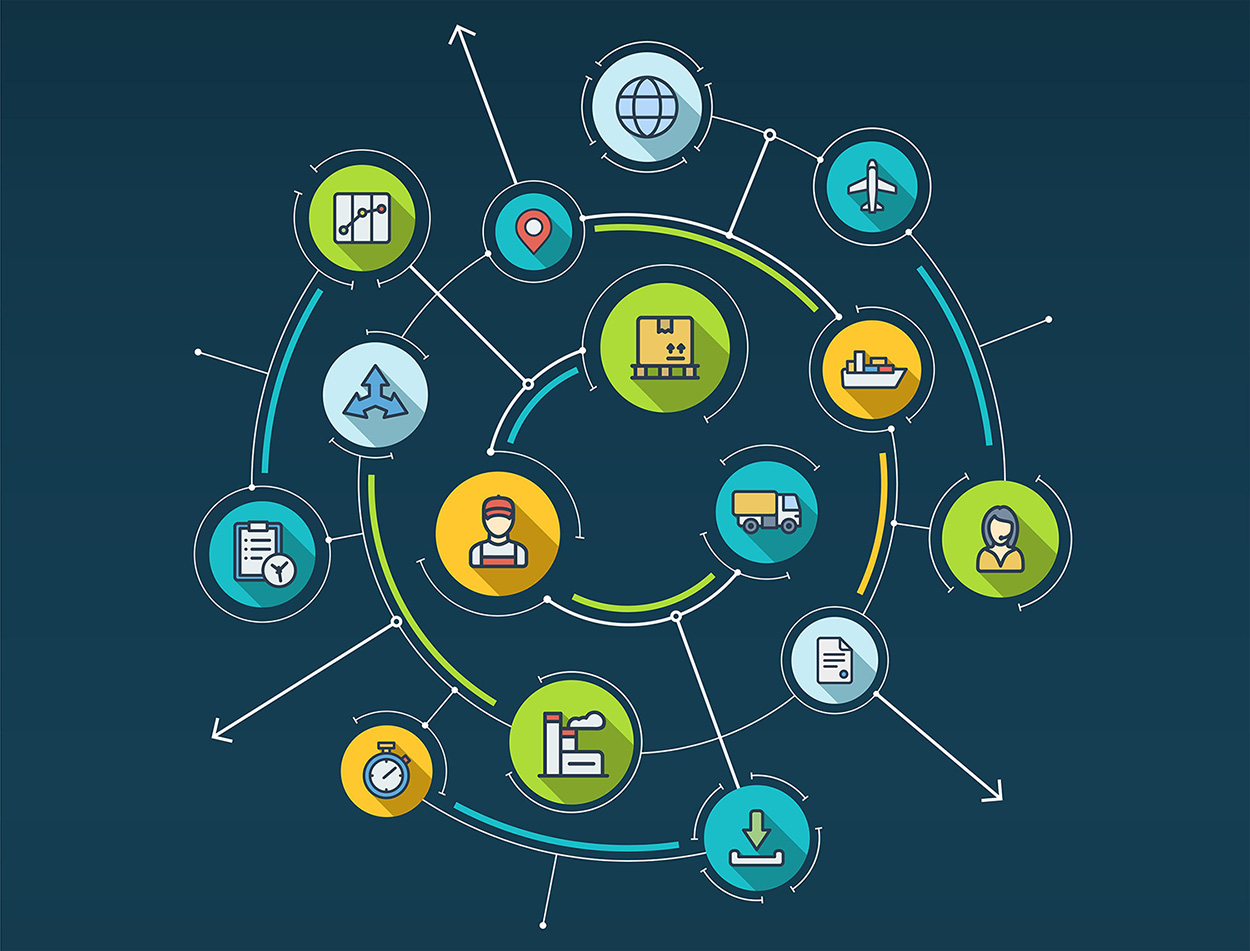Throughout history, supply chain management(SCM) has been at the core of successful businesses. It ensures the timely and efficient flow of goods and services. However, in today’s fast-paced and globalized market, this process has become increasingly complex and challenging.
To keep up with the demands of modern business, supply chain management has evolved to incorporate new technologies and capabilities. One such capability is Electronic Data Interchange (EDI). This has revolutionized the way supply chains operate.
In this blog post, we will delve into the history, benefits, and future trends of EDI capabilities. Read on.
The Roots of EDI in Supply Chains
EDI can be traced back to the late 1960s, a time when businesses realized the potential of computers to streamline operations. Initially, EDI provided a standardized format for the electronic exchange of business documents. These are such as purchase orders and invoices, between different companies.
It eliminated the need for paper-based processes and enabled faster, more accurate transactions. This in return saves time and reduces costs. At its core, EDI is a messaging system that translates data from a company’s format to a standard one, and vice versa.
This enabled disparate systems to communicate and laid the groundwork for what would become the first steps in supply chain automation. While the early EDI formats were quite rigid and that only capable of handling the most basic transaction types. their implementation was a game-changer for supply chain efficiency at the time.
The Expansion of EDI Capabilities
As the global marketplace expanded, so did the need for more sophisticated supply chain messaging. EDI slowly evolved, adding new transaction sets and accommodating a wider range of business activities. Over time, it began to support complex operations involving:
- inventory management
- logistics
- payments
One significant milestone was the development of EDIINT (or AS2 protocol). This allowed for the secure and reliable exchange of EDI documents over the Internet. It negates the need for expensive and complex value-added networks.
With EDIINT, companies could expand their supply chain networks globally with confidence in data security and delivery. The scope of EDI transactions broadened to include:
- advanced shipping notices
- custom messages
- non-transactional data for reporting and analytics
This adaptability paved the way for more comprehensive visibility and control over the supply chain. It also allowed companies to make more informed decisions based on real-time data. Consulting an EDI provider can help you understand how these tools are used and what they can do.
Integration with ERP and Other Systems
The real potential of EDI came to the forefront when it began to integrate with other enterprise systems, particularly Enterprise Resource Planning (ERP). This integration was critical for businesses to leverage the full capabilities of their supply chains.
EDI became more than just a messaging protocol. It was now a tightly woven component of business operations that fed and was fed by various other systems. This integration greatly enhanced the efficiency and accuracy of supply chain processes, which in turn:
- optimized inventory levels
- reduced stockouts
- improved order fulfillment
With EDI embedded in ERP solutions, businesses could automate the creation of purchase orders and process invoices more quickly and accurately. It also seamlessly updates inventory levels across the entire supply chain.
This not only saved time and money but also drastically reduced the potential for human error. Which is often accompanied by manual data entry and processing. Just remember to get an expert to help you in EDI compliance.
Evolution to Advanced EDI and Ecosystem Development
With the rise of cloud computing and Software as a Service (SaaS) options, EDI capabilities continued to evolve. Businesses could now access advanced EDI solutions as part of a comprehensive SCM platform. This is often with additional features like:
- partner onboarding tools
- data analytics
- machine learning capabilities
The focus shifted from just transmitting data to understanding and using that data effectively. This advance prompted the development of what some call “Advanced EDI”. This is where machine learning and predictive analytics technologies were used to:
- anticipate supply chain disruptions
- forecast demand more accurately
- automate even more complex business processes
Another significant development was the emergence of EDI ecosystems. This is where multiple parties in a supply chain could collaborate and share data through a common platform.
These ecosystems fostered greater transparency and enhanced collaboration. It also provided a central node for managing all aspects of the supply chain, from sourcing to delivery.
The Role of AI and ML in EDI
The use of Artificial Intelligence (AI) and Machine Learning (ML) has introduced a new layer of intelligence in EDI capabilities. These technologies can process and analyze vast amounts of EDI data to:
- identify patterns
- predict outcomes
- even suggest actions to take in response to certain events
For example, AI can be used to automate the routing of inbound documents to the correct receiving systems without human intervention. Or to identify anomalies that may signal fraud or inefficiencies in the supply chain.
Machine learning algorithms can also help streamline EDI operations by learning and improving how documents are:
- translated
- mapped
- integrated with other systems
This makes the process more efficient over time. These new trends also help in EDI payments and other sectors which is very beneficial.
The Future of EDI and SCM
Looking forward, it’s clear that EDI will continue to advance in response to the growing complexities and demands of SCM. The adoption of new communication standards promises to make EDI even more secure and transparent. This is such as blockchain.
Supply chains will become increasingly interconnected. This is with EDI playing a crucial role in enabling data exchange across a multitude of devices and systems in the Internet of Things (IoT). As a result, we can expect EDI to facilitate an even greater level of automation and intelligence in supply chain operations.
The future of EDI in SCM is inextricably linked to the broader trends in digital innovation. It is poised to remain a critical enabler of supply chain operations for years to come, which are
- seamless
- efficient
- intelligent
Improve Your EDI Capabilities Today
In conclusion, the evolution of EDI capabilities has revolutionized the supply chain management process. EDI has greatly improved efficiency, accuracy, and communication within supply chains. This is from its origins in the 1960s to its current advanced state.
As technology continues to advance, we must stay updated on the latest EDI capabilities to optimize our SCM strategies. Don’t get left behind, start exploring. Implement EDI capabilities today to take your supply chain to new heights.
If you want to read more articles, visit our blog then!

















Leave a comment